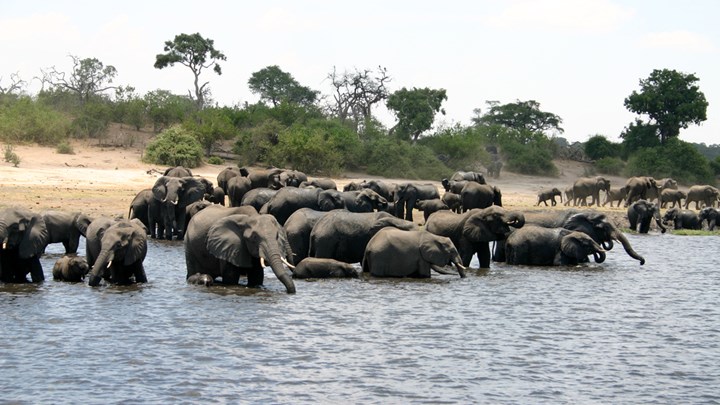
by Joe Coogan - Wednesday, May 29, 2019

After five years, Botswana’s controversial decision to ban hunting has been reversed, serving to benefit its citizens and wildlife conservation.
On May 23, the Botswana government announced the lifting of the hunting ban that has been in place since it was implemented by former President Ian Khama in 2014.
His successor, President Mokgweetsi E.K. Masisi, convened a committee a year ago to reassess the ban. The government’s decision to lift it was based on a series of consultations with stakeholders including conservationists, impacted communities, tourism businesses, non-governmental organizations and researchers.
After assessing all the recommendations, the government accepted all but one recommendation, which called for the culling of elephants. This was firmly rejected given the overall status of elephants throughout Africa. The government listed the following points as the main reasons for lifting the ban:
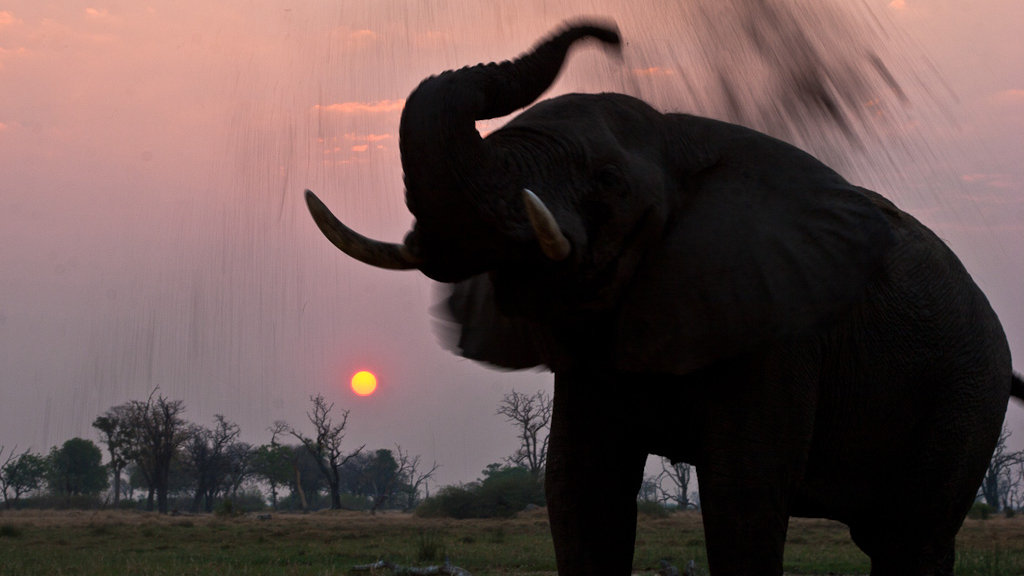
The government also stated that many citizens believe that legal, regulated hunting would help conservation because it would allow communities to benefit financially from the type of tourism it will attract.
Botswana-based wildlife veterinarian Erik Verreynne agreed with this assessment. "Rural communities endure the cost of human-wildlife conflict yet are largely excluded from the income generated by tourist industries," he said. “Reinstating hunting will help these communities see the value of protecting the elephants.”
The announcement has prompted a huge emotional reaction on social media from “animal activists” and self-styled conservationists around the world. It has created a whirlwind of international pressure, from conservation bodies, interested groups, countries, politicians and celebrities, all seeking attention regarding a topic about which they know nothing, at worse, or very little at best. Judging by their comments, most are either ignorant of the realities of life in Africa, or refuse to accept them, or just dismiss them offhand.
One of the most ludicrous statements was issued by a so-called “expert and activist” from Kenya who claimed “the whole world is turning away from hunting… This is very, very damaging to the image of Botswana as a global leader in elephant conservation.” The irony of this statement is not lost on the fact that Kenya’s history includes some of the most horrendous wildlife abuses on the continent. Kenya is the country that banned safari hunting in 1977, ushering in an era of poaching that reached drastic levels on a scale never seen before, or since. The relentless slaughter of elephants and black rhinos that took place in Kenya during the '70s and '80s will go down as the bloodiest period ever in Africa’s wildlife history.
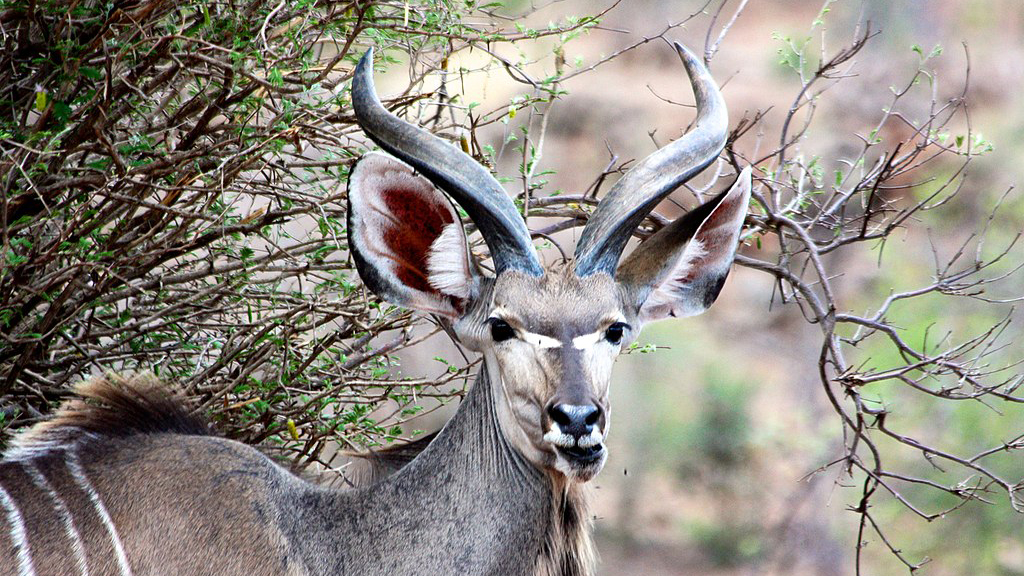
“Critics of big-game hunting seldom offer viable alternatives for the communities that rely on these funds to protect wildlife,” said Dr. Brian Child, an ecologist at the University of Florida. “Nor do the countries that issue trophy bans typically provide financial assistance sufficient to make up for the shortfall when hunting income goes away.”
In 1972, safari hunting was being conducted in nearly every sub-Saharan African nation that was politically stable and had sustainable populations of game. Each country had its strengths and weaknesses—Botswana was known for large herds of buffalo, sable and lechwe occurring in the Okavango Delta, and the Kalahari Desert produced excellent greater kudu, gemsbok, springbok and hartebeest. Large-maned lions were found in both areas. At that time there were an estimated 8,000 elephants in Botswana, mostly occurring in the northern third of the country from the Okavango Delta north to the Caprivi Strip and Zimbabwe borders.
By 1977, as the price of ivory skyrocketed in Asia, reports of dramatically increased poaching in Kenya caused the country to suddenly ban safari hunting. The world applauded this misguided move, but Kenya’s “powers that be” had ulterior motives. After legal hunting was stopped, literally tons of ivory and rhino horn made its way from Kenya to Asia, serving only to fatten the private European bank accounts of many high government officials. What was not reported was how Kenya’s hunting ban opened the country to large-scale, unchecked poaching of elephants and rhino. What the world failed to recognize, or certainly wouldn’t acknowledge, is that hunting safaris had served as a major deterrent to poaching and removing them from the field exposed most of the country to unimpeded poaching. The next 10 or more years were devastating for East Africa’s big game.
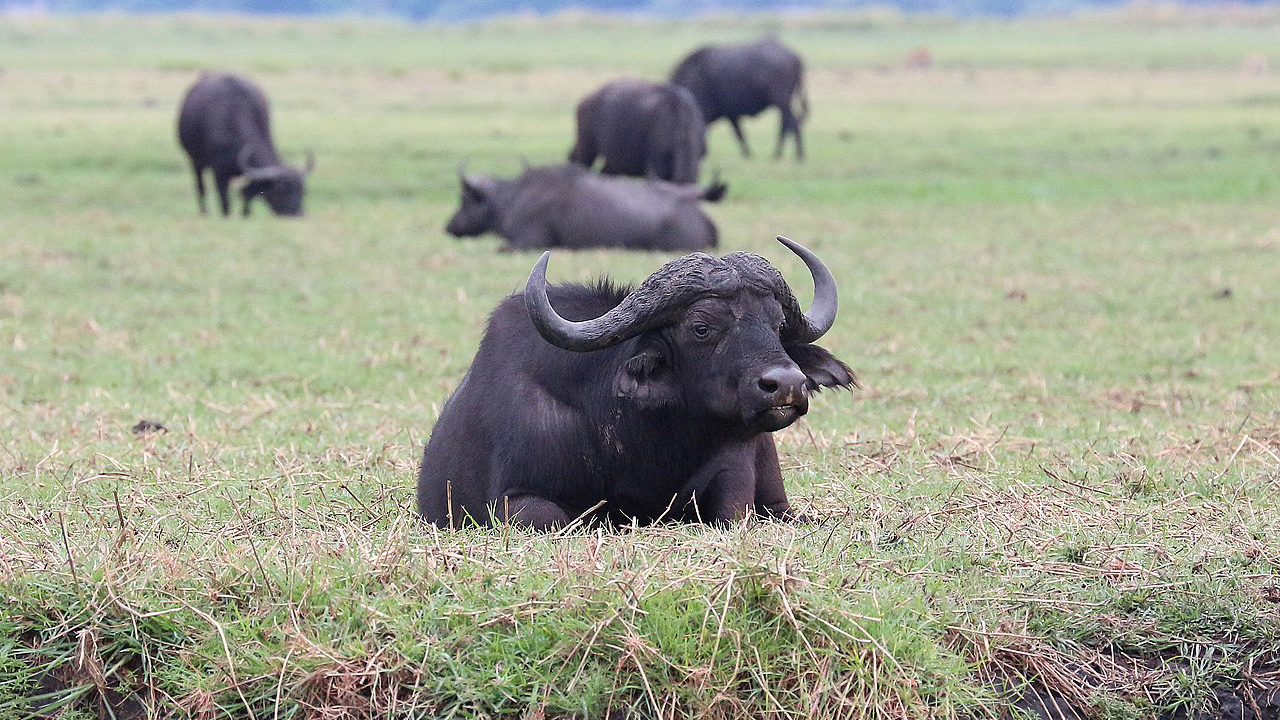
Meanwhile, Botswana was looking after its game with a well-managed and ethically-conducted safari hunting industry working hand-in-glove with conservation policies of the day. Botswana safari hunting benefitted the wildlife and the local people at the same time, providing jobs and contributing finances and protein to the rural communities, all compelling incentives for respecting and protecting the game.
But, by 1985, there was a wrinkle in Botswana’s otherwise rosy wildlife picture as increasing concentrations of elephants pushed into the Chobe National Park and the Moremi Game Reserve and remained there. This severely stressed the environment in those areas so the government decided that a solution to the habitat destruction was to stop elephant hunting. This would allow the elephants to leave the parks and reserves as they sought fresh feeding grounds outside of the protected areas and within the hunting areas. The ban lasted for 10 years and during that time, the affected areas recouped and the elephants flourished. Botswana’s elephant population expanded to an estimated 80,000 animals by 1995, which initiated the resumption of elephant hunting.
But over the years, Botswana’s safari hunting industry was coming under more and more scrutiny and criticism. The controversial hunting ban of 2014 came with no scientific reasoning or basis, even though the elephant population had grown to 135,000, which is a third of the total 415,000 elephants existing throughout Africa today. The ban elicited as much dissenting opinion and criticism as has the current lifting of the ban. Predictably, though, the hunting ban had a similar side effect to the Kenya ban in 1977. Huge areas left unattended were infiltrated by poachers, sometimes coming from as far away as Zambia to take full advantage of the situation.
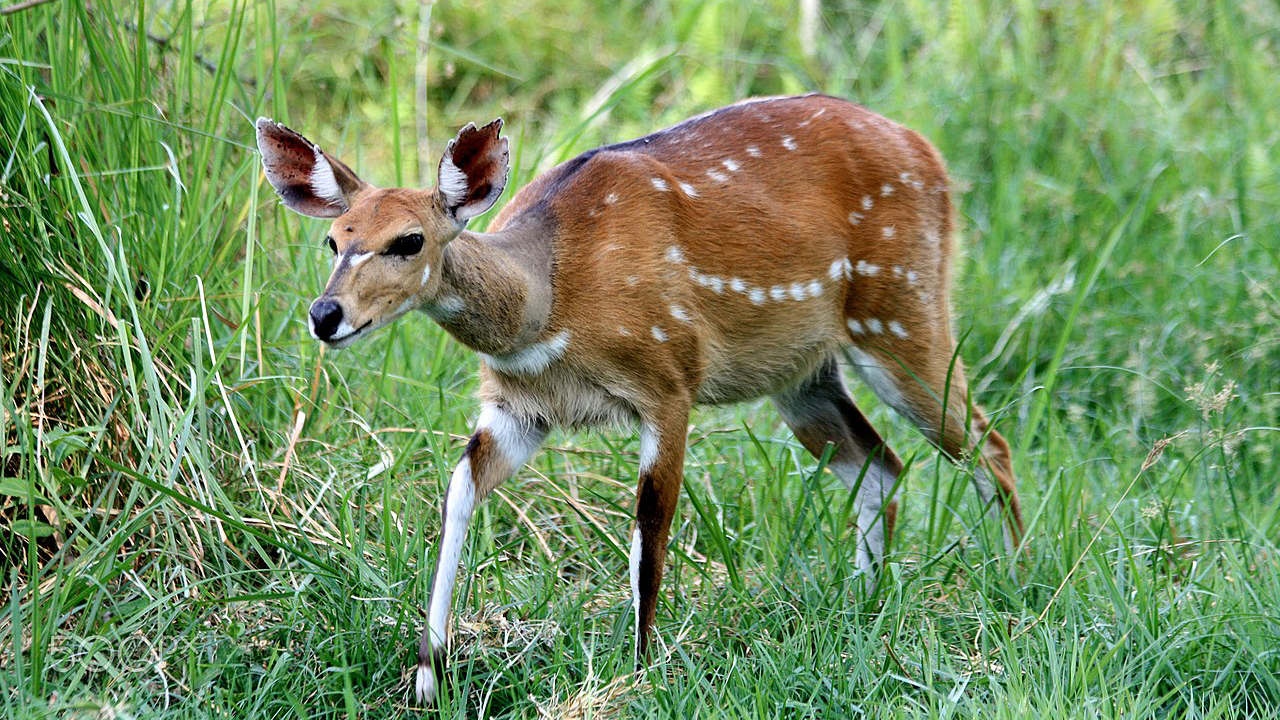
At the same time, the citizens of rural villages and communities suffered the consequences of living near an overabundance of elephants, not to mention the dangers of living in close proximity to apex predators such as lions, leopards, cheetah and hyenas.
“We don’t know the exact number of predators that are indiscriminately killed by farmers and villagers, but we do know it’s much higher than the hunting quota ever allocated,” said Debbie Peake, a longtime advocate of hunting and conservation in Botswana, responding to the problem-animal issues the rural communities are facing.
Even in larger towns like Kasane, located in northern Botswana, maintaining a garden or any shrubbery was impossible if not entirely enclosed by an electric fence. There was not even a chance of growing so much as a daisy, much less any kind of vegetable, without an elephant eating it. As a result, the community made it very clear that it wanted action, and reopening hunting was the action they wanted.
At the May 23rd press conference in Botswana’s capital city, Gabarones, the Acting Permanent Secretary for the Minister of Environment, Natural Resources, Conservation and Tourism Felix Monggae outlined the government’s plan for reinstating hunting in an orderly and ethical manner. Some of the findings of the Cabinet Sub Committee on Hunting Ban and Social Dialogue include:
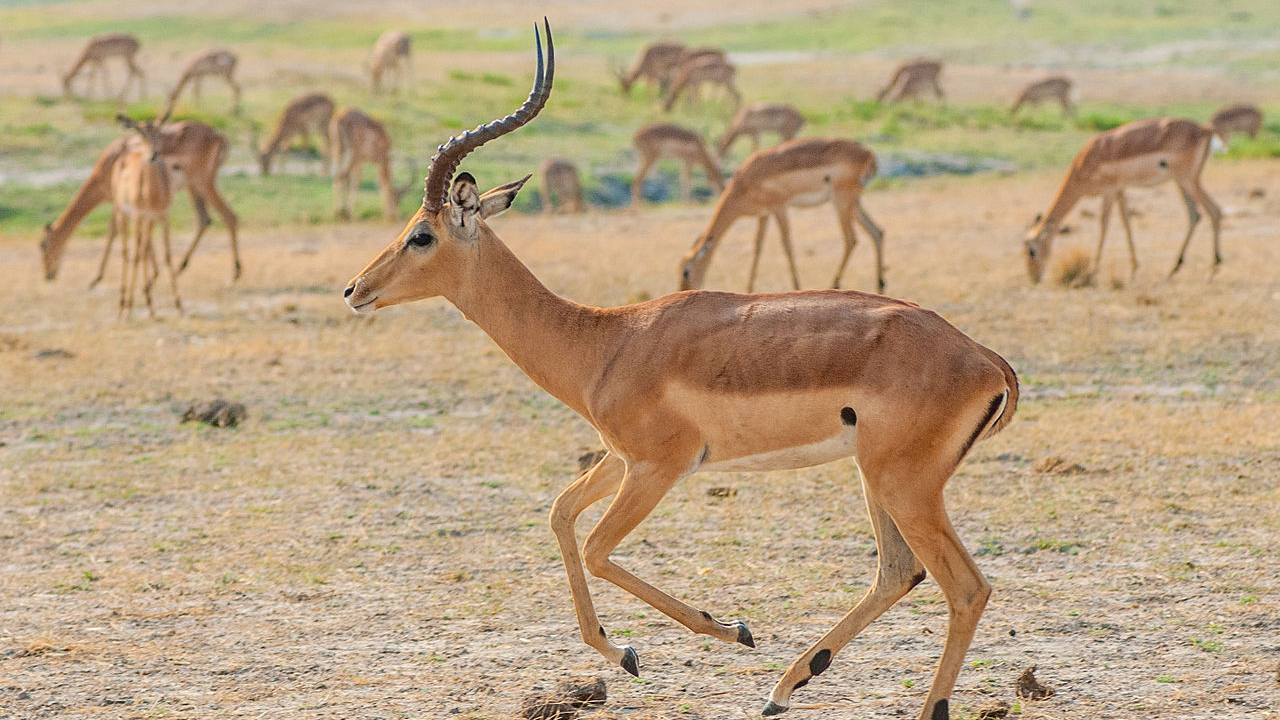
The Botswana government is convinced that wildlife tourism can be fully exploited sustainably to benefit the economy. In all the actions taken, the government was guided by the need to conserve natural resources and facilitate human-wildlife co-existence and scientific management of Botswana’s elephants and other wildlife species.
The government also has approved strategies for facilitating greater citizen participation in the hunting industry. This strategy has several models that advocate the allocation of existing vacant concessions and identified sites solely to citizen companies, joint ventures, community trusts and the community of citizen consortiums.
In countries where hunting is strictly regulated and corruption is minimal, it can be an integral tool for conservation. Ideally, science-based quotas and age and gender limits ensure that wildlife populations are not adversely affected by the activity, while funds are channeled back to communities acting as custodians. As noted regularly by this website, legal, well-regulated sport hunting, as part of a sound game management program, will benefit the conservation of elephants by providing a significant deterrent to poaching and offer substantial incentives for local communities to conserve the species by putting much-needed revenue back into conservation. In Botswana, big-game hunting could be the make it or break it factor in its conservation efforts.
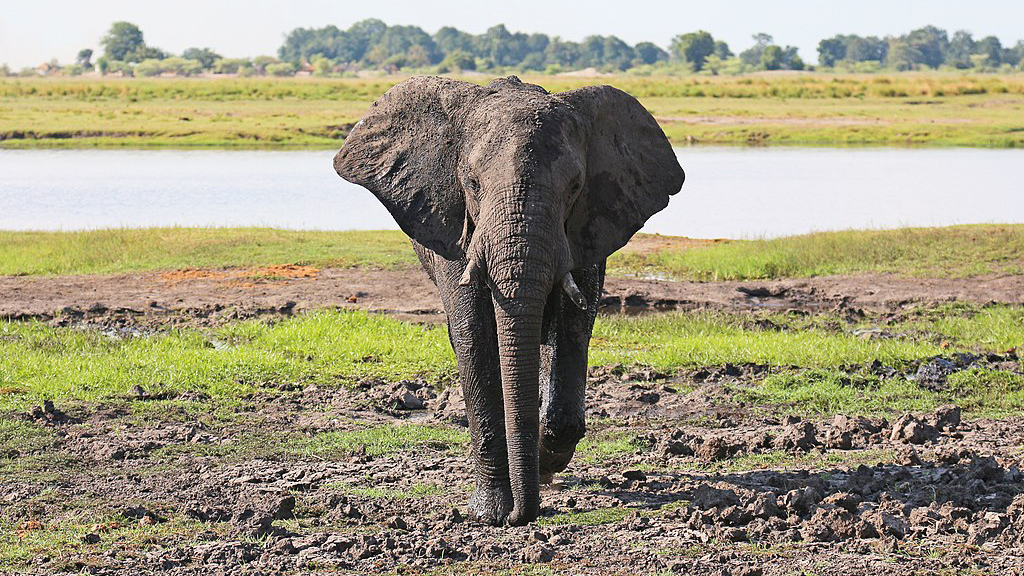
The hunting ban was originally put in place in 2014, ostensibly as a temporary measure, in response to reports of declines in some animal populations. But Botswana’s elephant population wasn’t at risk. To the contrary, while the number of elephants in all of Africa has been declining, Botswana’s elephant population has been exploding—from 50,000 or so in 1991 to more than 130,000 today—far more than Botswana’s fragile environment, already stressed by drought and other effects of climate change, can safely accommodate.
Editor’s Note: NRAHLF.org is pleased to welcome professional hunter and noted outdoor writer Joe Coogan as a contributor to this hunting issues-based website. With decades of experience in addressing Africa’s hunting issues, Coogan lives half the year in Botswana and understands elephants’ economic value to local rural communities firsthand. Coogan currently serves as a field editor for NRA’s American Hunter.—Karen Mehall Phillips, Communications Director, NRA Hunters’ Leadership Forum
More about the Author: Joe Coogan spent his younger years living in Kenya, East Africa, with his family during the 1960s and 1970s. As an avid hunter, shooter and outdoorsman, his early Kenya experience prepared him for safari work for many years as a professional hunter (PH) in Botswana and Tanzania. In 1972, Coogan earned a degree in journalism from the University of South Florida, returning to Africa to work for the renowned safari firm Ker, Downey & Selby (KDS) Safaris. He joined its Botswana operation under the leadership of the renowned Harry Selby and earned his PH license under Selby’s guidance. Coogan conducted hunting safaris in Botswana for KDS Safaris and Safari South for the next 20 years. In 1991, he joined the editorial staff of Petersen’s Hunting, relocating to Los Angeles. In 2001, following a three-year stint in Arkansas managing a wildlife project, he returned to Africa when he joined Arusha-based Tanzania Game Tracker Safaris (TGTS), conducting hunting and photographic safaris in Tanzania for the next five years. In 2006, Coogan joined Benelli USA as its brand marketing manager, hosting its popular "Benelli On Assignment" outdoor TV show for six years. Today, he is a field editor for the NRA’s American Hunter and travels between his home state of Florida and Botswana, arranging and conducting safaris throughout Africa.
Follow NRA Hunters' Leadership Forum on Twitter @HuntersLead.
E-mail your comments/questions about this site to:
[email protected]
Proudly supported by The NRA Foundation and Friends of NRA fundraising.
